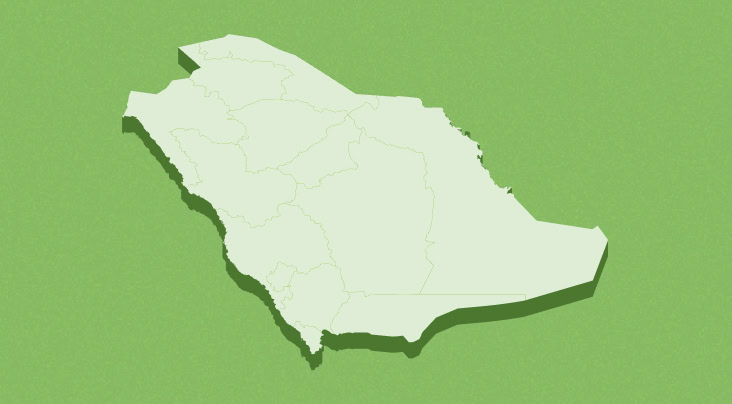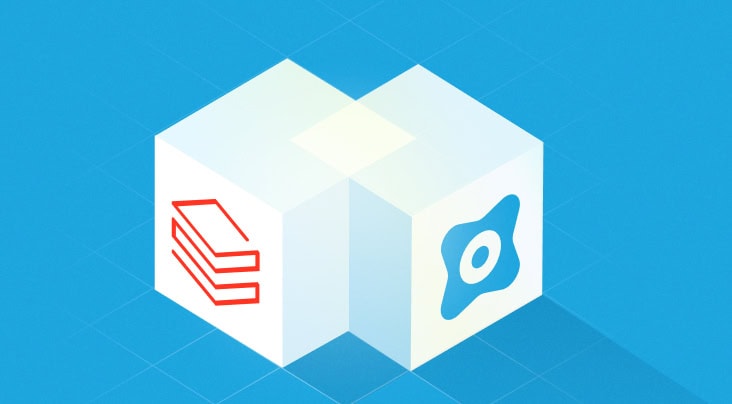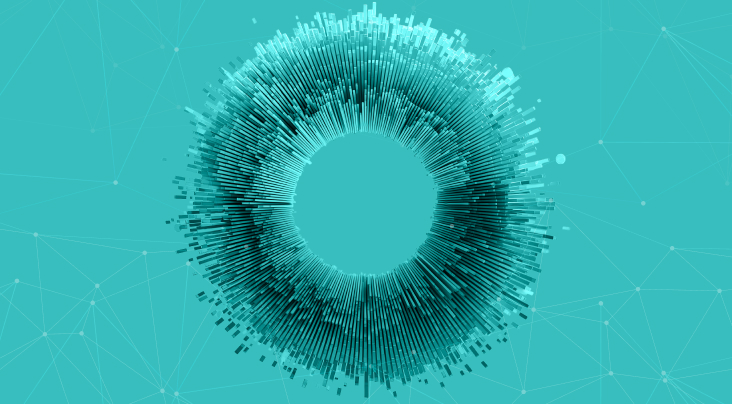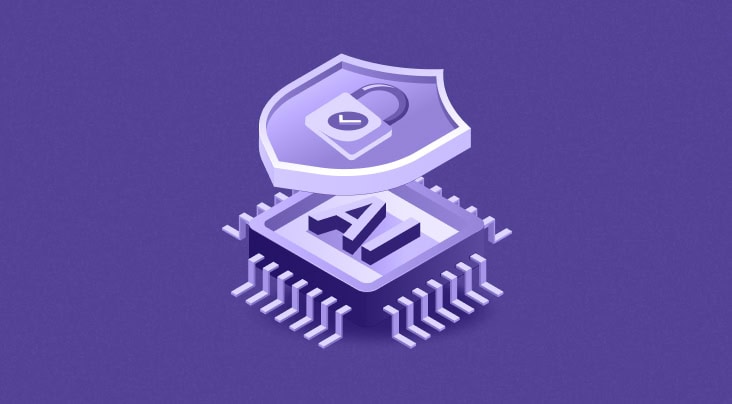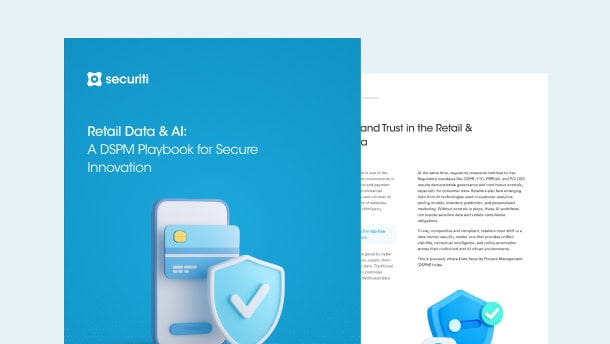The National Institute of Standards and Technology (NIST) Privacy Framework: A Tool for Improving Privacy Through Enterprise Risk Management is a set of comprehensive guidelines and best practices designed for organizations to manage privacy risks and protect the personal information of individuals.
Basics of NIST Privacy Framework
The NIST Privacy Framework comprises three crucial parts, Core, Profiles, and Implementation Tiers, that can be used by organizations that handle personal data, including government agencies, private companies, and non-profit organizations, to build customers’ trust and fulfill compliance obligations. The integration of each component enhances the management of privacy risks by establishing connections between business and mission drivers, organizational roles and responsibilities, and privacy protection activities.
Core
Core is a set of privacy protection-related activities and outcomes that enables the executive level to the implementation/operations level of an organization to communicate prioritized privacy protection-related activities and outcomes. The Core is further divided into key Categories and Subcategories-which are discrete outcomes- for each Function. The Core elements work together:
- Functions: At the highest level, functions organize fundamental privacy activities. They help an organization communicate how it manages privacy risk by understanding and controlling data processing, enabling risk management decisions, determining how to connect with individuals, and improving by drawing lessons from past experiences. These Functions are not designed to be followed in a linear order or to achieve a fixed final state. Instead, they should be executed simultaneously and repeatedly, contributing to or enhancing a culture of operations that proactively responds to the evolving challenges of privacy risk.
- Categories: Categories break down each Function into related groups of privacy outcomes that align with the specific needs of the program and its associated tasks.
- Subcategories: It further divides a Category into particular managerial and/or technical activities' outcomes. They provide a collection of outcomes that, while not exhaustive, assist in accomplishing the objectives in each Category.
The five Functions Identify-P, Govern-P, Control-P, Communicate-P, and Protect-P, defined below, can be used to address privacy concerns arising from data processing.
- Identify-P: Develop the organizational understanding to manage privacy risk for individuals arising from data processing. This foundational step includes cataloging data processing activities, recognizing individuals' privacy interests, and performing risk assessments to grasp the operational environment and prioritize privacy risks.
- Govern-P: Develop and implement the organizational governance structure to enable an ongoing understanding of the organization’s risk management priorities that are informed by privacy risk. This involves setting privacy values and policies, understanding legal requirements, and determining risk tolerance to guide efforts in line with the organization's strategy and needs.
- Control-P: Develop and implement appropriate activities to enable organizations or individuals to manage data with sufficient granularity to manage privacy risks. The Control-P Function considers data processing management from the standpoint of both organizations and individuals.
- Communicate-P: Develop and implement appropriate activities to enable clear understanding and communication between organizations and individuals about data processing practices and privacy risks, ensuring informed dialogue on managing these risks.
- Protect-P: Develop and implement appropriate data processing safeguards. To prevent privacy incidents related to cybersecurity, highlighting the overlap of privacy and cybersecurity risk management.
Profiles
Profiles are a selection of specific Functions, Categories, and Subcategories from the Core that an organization has given priority to assist it in managing privacy risk. Profiles can be used to characterize both the current status of a certain privacy activity and its intended target state.
- The ‘Current Profile’ maps out the existing privacy outcomes an organization achieves; and
- The "Target Profile" delineates the necessary outcomes to meet its privacy risk management objectives.
The comparison of these Profiles helps identify areas for improvement, forming a strategic plan to bridge gaps with necessary resources such as staff and funding.
The Privacy Framework allows for flexible Profile creation, enabling organizations to modify or add to the Core elements based on unique requirements influenced by their mission, privacy values, legal obligations, and the needs of those affected by their operations. Development of Profiles can start with either the current or desired state, depending on the organization's approach to managing privacy risk. Organizations may also develop multiple Profiles for different aspects of their operations or stakeholder groups to prioritize effectively.
Implementation Tiers
Implementation Tiers help organizations decide how to manage privacy risks by evaluating their systems, practices, and resources against four levels:
- Partial (Tier 1)
- Risk Informed (Tier 2)
- Repeatable (Tier 3)
- Adaptive (Tier 4).
These Tiers reflect a maturity scale in handling privacy risks, with higher Tiers indicating more advanced practices. Organizations should choose Tiers based on their Target Profiles, considering factors like current practices, overall risk management integration, ecosystem relationships, and workforce training.
Advancing to a higher Tier may be necessary when existing mechanisms fall short in managing privacy risks effectively. Tiers are useful for internal resource planning and as benchmarks for evaluating progress in privacy risk management, but achieving the outcomes in the Target Profiles remains the primary objective, not the Tier level itself.
How to Use NIST Privacy Framework
The Privacy Framework is a flexible tool designed for organizations to enhance data use and innovation while minimizing privacy risks. It supports evaluating the privacy impact of systems, products, and services.
Organizations can tailor their application using the Core's Functions, Categories, and Subcategories to refine or establish privacy processes or align practices through Profiles and Tiers. This adaptability ensures that compliance with the Framework suits the unique needs of each organization rather than following a uniform standard.
The following present a few options for the use of the Privacy Framework:
Informative references in the Privacy Framework are practical links to Subcategories, aiding implementation with tools, guidance, standards, laws, and best practices. This can help organizations prioritize activities to facilitate compliance. The Framework is designed to be technology-neutral yet encourages innovation by allowing any sector to adapt these mappings as technology evolves. Utilizing consensus-based standards facilitates global privacy risk management and supports the development of privacy-conscious systems and services. Identifying gaps can be used to create new standards to address emerging privacy needs. Organizations developing new Subcategories may collaborate to fill guidance gaps, ensuring effective privacy management.
Strengthening Accountability
Accountability stands as a fundamental principle in organizational development, with distinct levels delineating specific responsibilities. These levels include:
- Senior Executive Level: At the senior executive level, responsibilities encompass articulating mission priorities, defining risk tolerance, establishing organizational privacy values, and overseeing budget decisions, including accepting or declining risks.
- Business/Process Manager Level: The managerial level is tasked with creating profiles, allocating budget resources, and informing tier selections.
- Implementation/Operations Level: The operational level focuses on profile implementation, progress monitoring, and conducting privacy risk assessments.
By utilizing the Privacy Framework, organizations can effectively operationalize accountability. Additionally, the Privacy Framework can be seamlessly integrated with other frameworks and guidance, providing additional practices to enhance accountability both within and between organizations.
Establishing or Monitoring Privacy Program
The Privacy Framework supports the establishment or enhancement of a privacy program through a "ready, set, go" approach, incorporating informative references for guidance.
- Ready: In the initial "ready" phase, organizations prepare by understanding their mission, legal environment, risk tolerance, and privacy risks. Utilizing the Identify-P and Govern-P Functions, they begin shaping their Current and Target Profiles, establishing privacy values, policies, and conducting risk assessments.
- Set: Organizations identify gaps between their Current and Target Profiles, informed by their privacy policies and risk assessments. They then create a prioritized action plan for addressing these gaps, considering mission goals, costs, benefits, and necessary resources.
- Go: The action plan is executed to address gaps and align privacy practices with the Target Profile, allowing for continuous improvement and adaptability to changing privacy risks.
Applying to the System Development Life Cycle
Integrating the Target Profile with the System Development Life Cycle (SDLC) phases-plan, designing, building/buying, deploying, operating, and decommissioning enhances privacy outcomes.
- During the planning phase, privacy outcomes from the Target Profile inform the system's privacy capabilities and requirements, which may evolve through the SDLC.
- In the design phase, these capabilities and requirements are validated against the organization's needs and risk tolerance outlined in the Target Profile.
- Upon deployment, the system is checked to ensure all privacy aspects are in place.
Throughout the operation, privacy outcomes guide system management, with periodic reassessments to confirm ongoing alignment with privacy requirements. This approach also includes aligning the SDLC with the data lifecycle stages—creation, processing, dissemination, use, storage, and disposition—to manage privacy risks better and inform the implementation of privacy controls.
Data Processing Ecosystem
The Privacy Framework helps entities within the data processing ecosystem, where the entity's role significantly impacts privacy risk management and legal obligations, to tailor privacy strategies. By developing Profiles specific to their roles, entities can effectively manage privacy risks, aligning their practices with ecosystem-wide priorities and legal requirements. This facilitates clear communication of privacy measures and compliance across entities, which is essential for complex, often international, data processing relationships.
The Framework provides a common language for expressing privacy postures, setting requirements, and verifying compliance through formal agreements and assessments, supporting a collaborative approach to privacy risk management.
Organizations can use Current or Target Profiles to derive privacy requirements that inform their purchasing decisions. By comparing potential products or services against these requirements, they ensure compatibility with their privacy goals. If suppliers cannot meet exact requirements, organizations select the best available option, understanding some trade-offs may occur. Any gaps between the purchased solution and the Profile's objectives can be addressed through mitigation strategies or management actions to manage residual risk.
How Can an Organization Operationalize the NIST Privacy Framework
Organizations can operationalize the NIST Privacy Framework by following these steps:
- Identifying the personal information that the organization collects, uses, stores, and shares.
- Conducting a privacy risk assessment to identify the types of personal data processed, the purposes of the processing, and the potential privacy risks such as data breaches, unauthorized access to personal information and data loss.
- Implementing appropriate safeguards to protect personal data's confidentiality, integrity, and availability.
- Developing a privacy program that includes policies, procedures, and controls to manage and protect personal information.
- Providing clear and concise privacy notices to individuals.
- Training employees on its privacy program, privacy policies, and procedures.
- Having a response plan in place to respond to data breaches.
How Securiti Can Help
Securiti’s Data Command Center enables organizations to comply with the NIST Privacy Framework by securing the organization’s data, enabling organizations to maximize data value, and fulfilling an organization’s obligations around data security, data privacy, data governance, and compliance.
Organizations can overcome hyperscale data environment challenges by delivering unified intelligence and controls for data across public clouds, data clouds, and SaaS, enabling organizations to swiftly comply with privacy, security, governance, and compliance requirements.
Request a demo to witness Securiti in action.





